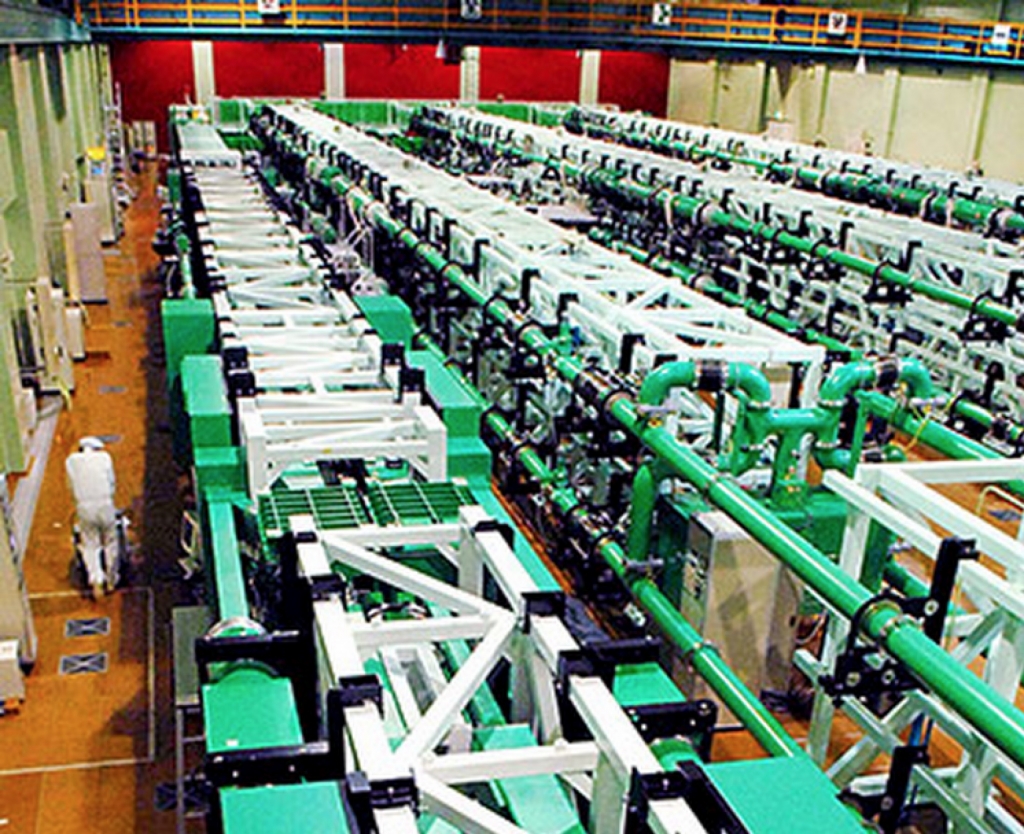-
Tips for becoming a good boxer - November 6, 2020
-
7 expert tips for making your hens night a memorable one - November 6, 2020
-
5 reasons to host your Christmas party on a cruise boat - November 6, 2020
-
What to do when you’re charged with a crime - November 6, 2020
-
Should you get one or multiple dogs? Here’s all you need to know - November 3, 2020
-
A Guide: How to Build Your Very Own Magic Mirror - February 14, 2019
-
Our Top Inspirational Baseball Stars - November 24, 2018
-
Five Tech Tools That Will Help You Turn Your Blog into a Business - November 24, 2018
-
How to Indulge on Vacation without Expanding Your Waist - November 9, 2018
-
5 Strategies for Businesses to Appeal to Today’s Increasingly Mobile-Crazed Customers - November 9, 2018
Scientists from Japan fired up most powerful laser beam ever
If you want lasers done right, then look no further than Japan as the most powerful laser blast ever has been achieved at Osaka University with 1,000-times the world’s energy consumption, albeit it very, very briefly. Called LFEX (Laser for Fast Ingnition Experiments) and is measuring a whopping 300 feet in length, it doesn’t consume as much power compared with its massive output.
Advertisement
Researcher’s team at institute of Laser Engineering at Osaka University fired this most powerful laser beam, which emitted 2 petawatt, which is equal to 2 quadrillion watt in one trillionth of a second or one pico second. For a rough comparison, in 2013, a 50 kilowatt (50,000 watt) laser shot down a drone two kilometers away.
To recap high school physics, power (in watts) is energy over time. The burst only lasted about one picosecond (1/1,000,000,000,000 of a second), so while the energy output was incredibly large, the actual amount of power (energy divided by time) the LFEX used wasn’t all that big. It’s able to generate so much power so quickly thanks to a series of glass “lamps” that amplified the laser as it passed through them.
Advertisement
Junji Kawanaka, an associate professor of electrical engineering at the university said: “With heated competition in the world to improve the performance of lasers, our goal now is to increase our output to 10 petawatts”. Unless it has any immediate military applications, it’s hard to see how this powerful laser will receive funding on the long term to reach full maturity.





























1 Comment on this Post
Anon
It’s massive output only lasts for 1 picoseconds, it hardly exists to have a meaningful impact. It’s similar to the sparkles on the welding machines; they are extremely hot, in the order of thousands of degrees but they seem to be harmless since they fall around even on the welders themselves, the reason be it they don’t last more than few milliseconds to have any chance to do harm.